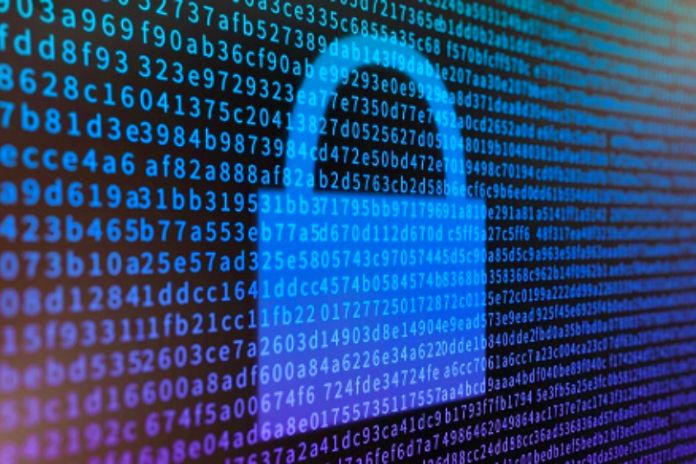Did you know that file encryption is one of the primary data protection methods in companies? With the digital revolution, shielding your business information is essential. After all, it is your organization’s most important asset.
And, mind you, file encryption is nothing new. Many corporate or personal applications already enjoy its benefits — and we all do, often without realizing it.
An example is WhatsApp, which encrypts all messages sent in personal or group conversations . Only those in that conversation can access them!
But how does encryption work for companies, and why and when to carry it out? To contextualize you on this subject, we created this article. Continue reading to find out more!
What Is Data Encryption?
File encryption is a method that can be performed in different ways to protect information from unauthorized access. Thus, only the sender, receiver and authorized persons can access it.
The main objective of cryptography is to make it possible for people to share information, files or messages without them being accessed and read by third parties. This is accomplished by encoding the data in question.
In this way, even if a third party has access to the information, as it is encrypted (and therefore encoded), it cannot reveal its content.
Only authorized people have access, as they will have the correct key to decode the information.
But how is cryptography applied in everyday life? Well, to understand, you need to understand the types used in the market. Check it out:
Symmetric Encryption vs Asymmetric Encryption
As we mentioned, there are two main types of encryption: symmetric and asymmetric. We have already explored the above; however, now we will explain their differences:
- Symmetric encryption: a single key is used to encrypt and decrypt information. It follows the same dynamics as our previous example.
- Asymmetric cryptography: Two keys are used, one public and the other private. The first one is responsible for encrypting the information, and the private one is for decrypting it.
When Does File Encryption Protect Your Data, And How Does It?
But after all, where do we find cryptography in our daily lives? As we explained earlier, it already surrounds us in various corporate and personal applications. Therefore, we separate some more examples to contextualize. Check out:
Encrypted Messages
Different messaging apps like WhatsApp and Telegram encrypt all sent information. This means that in a conversation between Márcio and Fernanda, in our previous example, only the two of them can access the messages.
If a third party manages to hack the WhatsApp database and tries to read the messages, for example, it will not be successful, as it will only see the encrypted codes, not the actual message.
Encrypted Email
Email-sending platforms like Gmail or Hotmail also use encryption to protect the information exchanged. The logic is similar to messaging apps.
Cryptocurrencies
As the name implies, cryptocurrencies rely on cryptography to protect your information. These assets rely on a blockchain to move — and the blockchain uses asymmetric cryptography.
Thus, to access your cryptocurrencies, you need a private key. The public key can be shared with people who want to transfer cryptocurrencies to you.
VPNs
Virtual Private Networks (VPN) is a technology that hides your IP address when browsing the internet. Thus, companies, providers and even hackers cannot track your original IP, protecting your computer and browsing data. The way VPNs hide data is through layers of encryption.
HTTPS
HTTPS is an internet security protocol that ensures data protection between the website and the user.
It uses encryption to keep a user’s information secure so that third parties cannot access it through gaps in the site’s security.
Personal Data And Confidential Information
Finally, companies use management systems and encrypted databases with solid layers of cryptographic protection.
In this way, it is possible to remain in line with the GPDPL and ensure that confidential business information is accessed only by authorized employees.
Also Read: Five Simple Security Tips For Your Devices

